Design Approach
We figured handling slides was as much an art as science so rather than inventing our own feeding mechanics we decided to use a hacked slide project of the same vintage as his. We found two on ebay. I used one to gut and learn and the other as the final core of the project. It was fascinating to see how motors and mechanics were used to control this vintage machine given there were no micro-controllers available back when it was designed, but that is another story.
The Build
We built a slide copy controller using a nano which controlled relays that interfaced with the projectors slide handling buttons.
A key goal was to make minimal modifications to the slide mechanics, interfacing everything from outside the unit.
Lighting
The stock incandescent bulb was replaced with a LED Brake Light array and a diffuser plate. The collumating lenses were left intact. A socket was fabricated that is a plug replacement for the incandescent bulb. We simply removed the stock bulb and bolted in the LED array and socket. https://photos.app.goo.gl/NX8xoBfqsdbqXtTG6
Slide Photography
The final focal lens was removed and a phone was mounted at the output of the projector using a foam frame to hold it firmly to the face of the projector. The slide is illuminated down in the projector. The phone camera is adjusted to zoom up the slide to fill its screen. https://photos.app.goo.gl/nqUwEepxxEj2GfTi9
Slide Advance Control
A controlled relay is connected to the projectors remote simulating pressing the advance button. The internal voltage of the projector is low voltage AC so we decided to isolate it with relays connected across the remotes contacts. https://photos.app.goo.gl/a9jwwyJe8Hu2rTSS7
Control Panel
The controller includes switches and buttons for the operator to set tray size and copy mode as well as an OLED display to show the copiers status.
https://photos.app.goo.gl/KQn31os4U3n64HSo7
Shutter Control
A battery operated BT selfie shutter is used to command the phone to take a photo. A relay connects the nano to the selfie module by a simple hack across its switch contacts. https://photos.app.goo.gl/87fpHH4B4Y54Vcw66
Tray & Jam Sensing
Two optical sensors were double back taped to the side of the projector. They detect tray presence and slide jams respectively. https://photos.app.goo.gl/hfbtAxzzyDPu3eiC7
Control Software
The controller software uses a simple state machine and display driver to control wait, automated copy, manual copy and diagnostics. You can select tray size and modify the starting slide #. The software detects a missing tray and slide jams.
Alignment
A transparent adapter is inserted and photographed between slide trays to indicate tray transitions and add tray descriptions. A slide target is used to adjust the camera's zoom. https://photos.app.goo.gl/2SQHhv6nkvKSZfUj8
Performance
The copier will copy slides at a rate of 825.68 slides/hr so we expect to copy all our slides in less than 8 hrs. The projects material costs were <$100.
In Operation
https://photos.app.goo.gl/4A2CWqmHyqzJvx5h9
Picture Quality:
We think the picture quality after a few tweaks in your photo editor will give better than original results;
Build Documentation
Schematic:
Code:
https://github.com/donkjr/Dk-DK-COPIER-REPO
Bill Of Material
- Nano: https://amzn.to/2NzsnFL
- Display: https://amzn.to/2NxhFQ6
- Relay Modules: https://amzn.to/2MIGFEq
- Selfie module: https://amzn.to/2U8EwCE
- 12V to 5V power module: https://amzn.to/2MGMbav
- 5.5 x 2.1 mm power jack: https://amzn.to/2ZrtSbm
- 12V power supply: https://amzn.to/2ZtAYfy * we got ours from the local thrift store
- Optical sensor modules: https://amzn.to/2MJ2SlN
- We made our own Nano mount but next time I would use this:https://amzn.to/2HyEFKO
- Switches...
 don_kleinschnitz
don_kleinschnitz

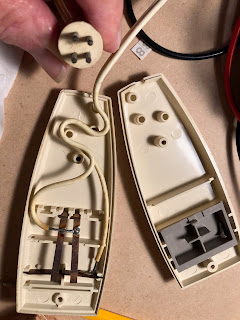
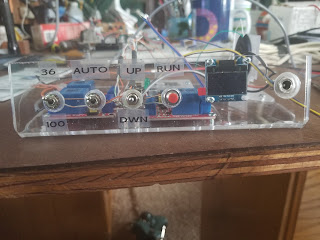
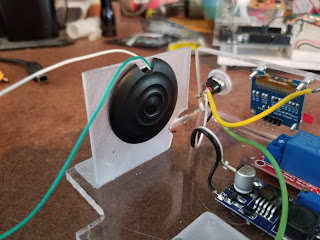


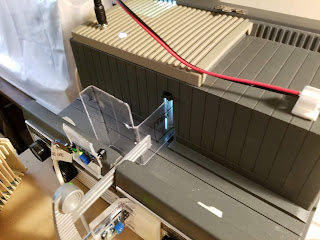
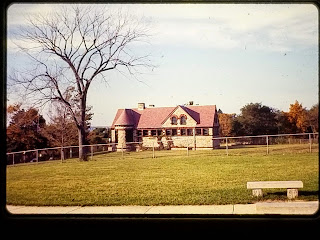


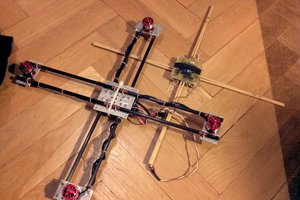
 kevarek
kevarek
 krzysztof krzeslak
krzysztof krzeslak
 Foaly
Foaly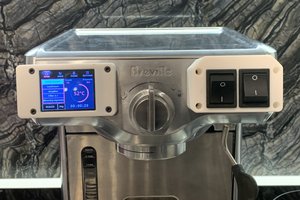
 Tobias
Tobias
Hi there, nice project !
It would be great to establish some kind of collaboration with other DIY-digitizers projects:
https://hackaday.io/list/175104-diy-film-scanners
Hope that helps/inspires.